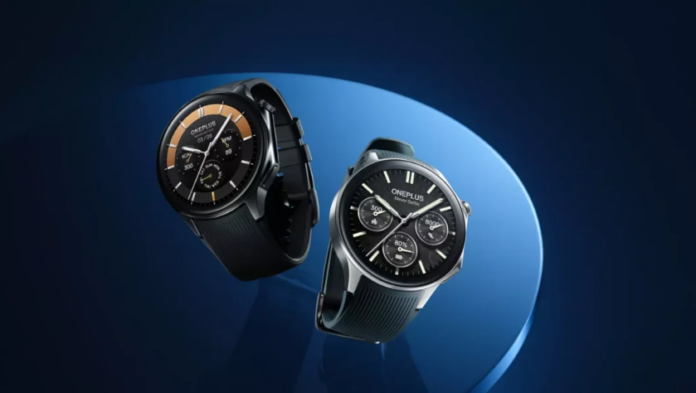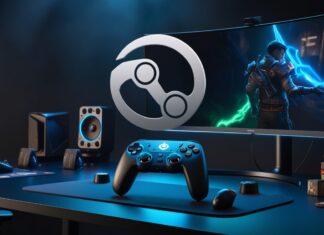Google will make a change to how Wear OS smartwatches handle toast notifications. They will now be managed by the watches’ low-power chips, in a new interface developed by the company. This should increase battery life on future devices released with the redesigned architecture.
In recent years, smartwatches with Wear OS have come with an application processor (AP) and a microcontroller unit (MCU). The AP has higher power consumption and handles heavier tasks, while the MCU uses less battery and is responsible for continuous tasks such as counting steps and monitoring heart rate.
From now on, smartwatch manufacturers will be able to pass notification management to the microcontroller unit. It will even serve to read and dismiss notifications, as well as send quick replies. Tiles and watch face complications will also be able to use the MCU. The AP will only be called when it’s time to open the app.
“This allows the app processor to sit at sleep longer, saving battery life,” says Bjorn Kilburn, vice president of Wear OS at Google.
Wear OS will have news in maps and wallet
The announcement was made at Mobile World Congress 2024, during the presentation of the OnePlus Watch 2, the first to use this “hybrid interface” developed by Google. The OnePlus Watch 2 promises to last 100 hours away from the outlet. Future watches with the system will also have access to this feature.
In addition to the new battery management, Google will also put public transit directions in Google Maps for Wear OS. The app will show you bus, train, subway lines and more options, with map and compass view. In addition, Wallet for Wear OS can now store tickets, boarding passes, loyalty programs, and more.










